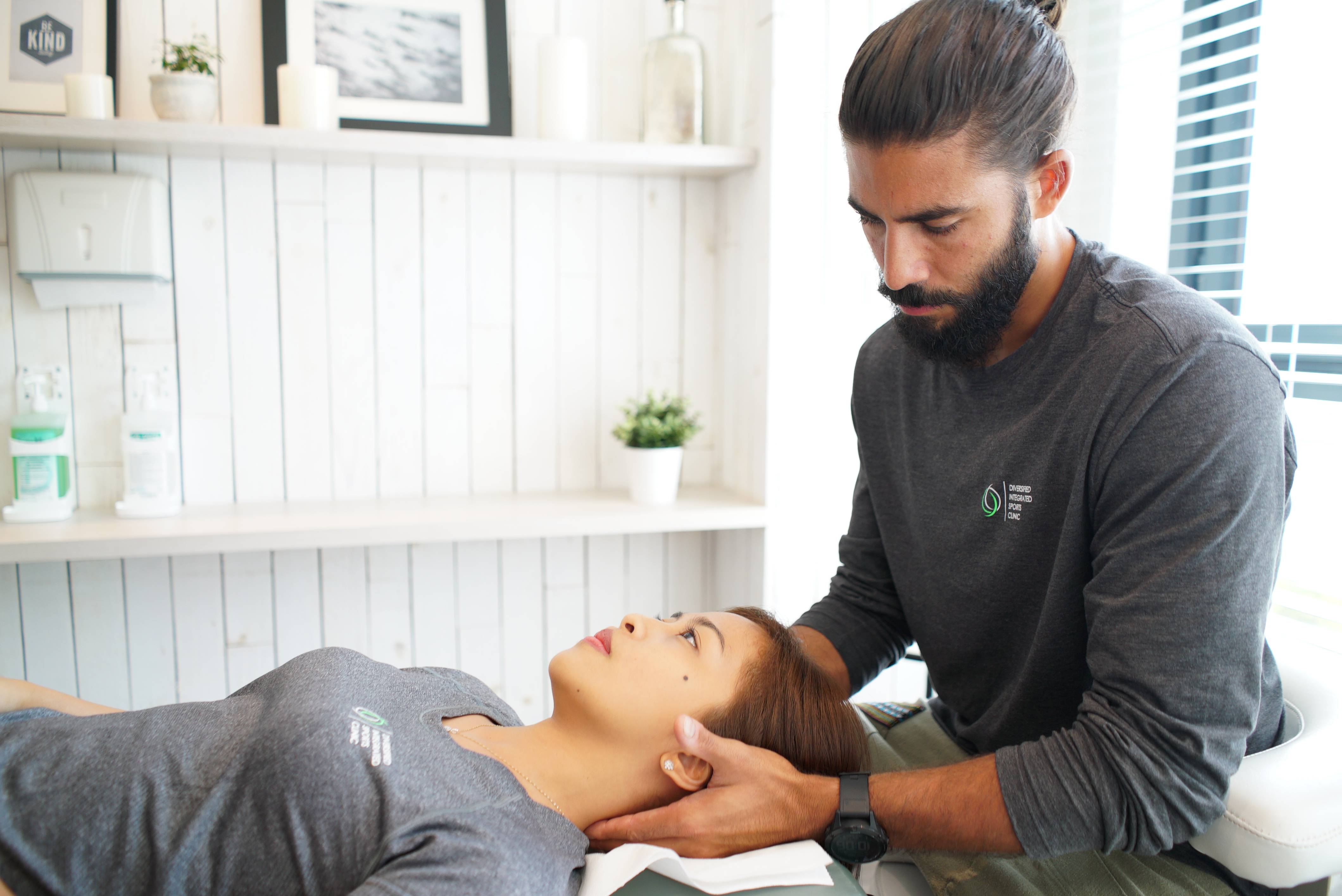
Osteopathic Physiotherapy
is a manual therapy, which seeks to identify and deal with mobility restrictions that can affect all structures composing the human body. Any loss of mobility of joints, muscles, ligaments and internal organs can cause an imbalance of health and biomechanics. Osteopathy is based on the body’s ability to self-balance and a thorough knowledge of anatomy.
A balanced structure with correct mobility creates optimal function. Osteopathy is supported on three original concepts:
The hand: a tool for analysis and treatment
Analysis and careful consideration of the individual, both in parts and as a sum of his whole.
The principle of balanced muscle fascia and bone structure.
Through specific palpation tests, the osteopath explores the body and searches for areas that present some restrictions of mobility that may alter the body functioning capacity. Using manual therapy, the osteopath will seek, find and realign all the structures disturbed in their mobility by using joint mobilization, cranio sacral or visceral technique, and fascia therapy such as acupressure, cupping, dry needling to name the few.
It prevents and cures many physical and biomechanical problems, but it works also on the nervous, functional and psychological levels. By stimulating the nervous system, pain management and prevention is in full effect.
Osteopathic Physiotherapy at any age of life:
The osteopath chooses the technique best suited and most comfortable for each patient, depending on his age and morphology, and the area of the body with dysfunction. We can treat infants, children, women during pregnancy, and athletes as well as the elderly.
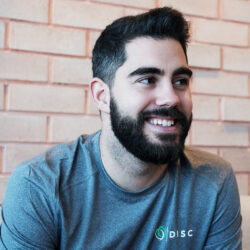
ALEJANDRO NORIEGA
OSTEOPATHIC PHYSIOTHERAPIST

AYLA SINA
CHIROPRACTIC PHYSIOTHERAPIST
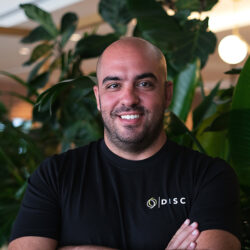
DR. KARIM FAYAD
OSTEOPATHIC PHYSIOTHERAPIST
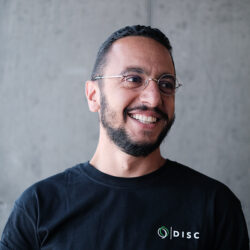
DR. KHALIL SROUR
OSTEOPATHIC PHYSIOTHERAPIST
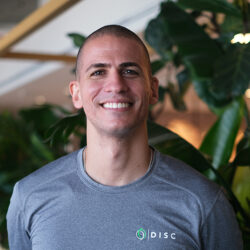
DR. OTÁVIO OLIVEIRA
OSTEOPATHIC PHYSIOTHERAPIST
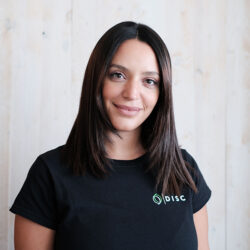
VANESSA BOU ABDO
OSTEOPATHIC PHYSIOTHERAPIST
Treatment from head to toes:
Osteopathic Physiotherapy treats all major body systems:
- The orthopaedic and musculoskeletal system: sprains, tendonitis, low back pain (lumbalgia), neck pain (cervicalgia), coccyx pain(coccygodynia)
- The neurological systems: cervical neuralgia, facial neuralgia, Arnold neuralgia, sciatica …
- The digestive system: hepatobiliary disorders, colitis, constipation…
- The ENT and pulmonary system: sinusitis, TMJ disorder, headaches, migraines…
- The autonomic nervous system: anxiety, stress, sleep disorders…
- The effects of trauma: fractures, sprains, falls, car accidents…
Prevention, a guarantee of health …
Trauma, physical or emotional, old or unnoticed can cause painful sequel even after several years. The osteopath’s role is to increase awareness amongst the patients so they may rehab their physical or mental state to prevent future onset of pain.
Difference Between Physiotherapy and Osteopathy
The main difference between Osteopaths and Physiotherapists are osteopaths are considered more as holistic practitioners who look at the body as a whole, considering the interrelationship of the nervous system, muscular system and psychological aspect to a patient’s presentation. Osteopaths will dive into more visceral/ organ related issues that maybe the cause of your musculoskeletal pain and are well versed in spinal manipulation whereas physiotherapists will focus on the musculoskeletal and biomechanical reasoning for your pain and only specialized physiotherapists perform manipulative therapy. This holistic approach is the foundation of all osteopathic treatments who may have further specializations craniosacral or visceral based assessment and treatment.
Both our Physiotherapy and Doctors of Osteopathy are here to evaluate, diagnose and manage your neuro-musculoskeletal pain and examine your body as a whole. Both will see a variety of patients ranging from desk workers, elite and amateur athletes, recreational gym goers and sedentary persons, for treatment of existing problems, prehabilitation or maintenance. Our treatment programs are tailored to the needs and comfort of the patient after a full medical history and evaluation is performed. The option of several techniques is offered to suit every individual and as we take an integrated and collaborative approach, you may be advised to see both a physiotherapist and an osteopath concurrently or at different times , depending on what is the best treatment plan to safely return you back to the activities you love.
Also, the added uniqueness of our Osteopaths at DISC Kuwait is that each of our Doctors of Osteopaths are also Physiotherapists.
